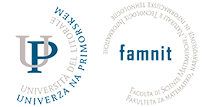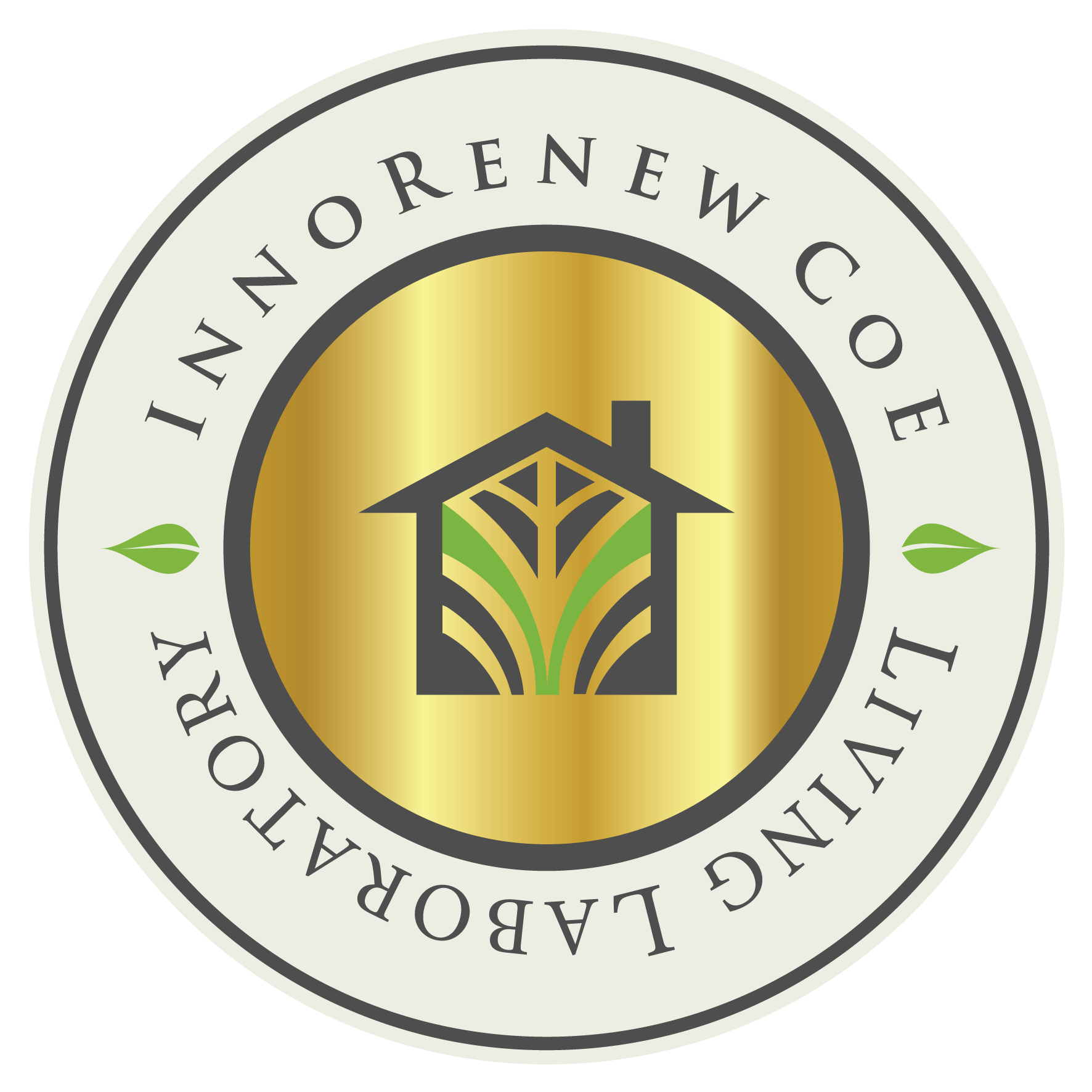Seminar za biomatematiko in matematično kemijo - Arhiv
| 2025 | 2024 | 2023 | 2022 | 2021 | 2020 | 2019 | 2018 | 2017 |
| 1 | 2 | 3 | 4 | 5 | 6 | 7 | 8 | 9 | 10 | 11 | 12 |
Chemical reactions encode a wealth amount of information on the transformation of chemical substances. In this talk we will discuss how to mathematically model them at the level of atoms involved in the molecules interacting in the chemical reaction. Here molecules are regarded as graphs, whose transformation are modelled by rewriting rules acting upon the graph of starting materials and yielding the graph of products of the chemical reaction. Leaving aside reactions as ensembles of atoms and their transformations, reactions can also be modelled at the level of substances, where the important information is which starting materials relate to each other to produce the final products. Here, the model we use is that of directed hypergraphs.
As chemical reactions reported by chemists grow exponentially, the hypergraph representing them turns very large. In general, large networks are treated by devising statistics gauging several aspects of such structures, some statistics are, e.g. vertex degree distributions, centrality, and several others. Recently, curvature of edges and vertices has been incorporated to this statistics and we will show how the curvature can be extended to hypergraphs, which actually generalise graph results.
In the last part of the talk we will discuss open questions about the growth of chemical reaction networks and how to model them.
I will present basic facts about nut graphs and core graphs using four papers by Irene Sciriha. I will also give a demonstrtion of a short SageMath program that tests whether a given graph is a nut graph. The talk will be concluded by some questions about nut graphs.
Already in 1923 science confirmed that “the analysis of the mechanical effects of muscle excitements would be incomplete if only changes in muscle length were examined disregarding changes in muscle thickness”. Distortions of muscle contraction mechanics due to longitudinal signal pathways were recently overcame by the mechanomyographic methods, where one of them, the Tensiomyography is a non-invasive method for detecting skeletal muscle contractile properties using a linear displacement sensor. It was designed to assess skeletal muscle thickening and low frequency lateral oscillations of active skeletal muscle fibres during twitch contractions and overcomes the limitations of mechanomyographic methods (low signal to noise ratio; low reliability; complex measuring setup; the need for complex post-processing) and dynamometry (low signal to noise ratio; pain; signal distortion, muscle cross-talk). Since its first scientific publication in 1990 more than 100 SCI articles show its use and purpose: in the estimation of muscle composition; for evaluating muscle atrophy and tone; for measuring adaptation to different pathologies; for measuring adaptation to specific training; and for measuring muscle fatigue.
The lecture will focus on the presentation of the scientific background of the Tensiomyography as well as the motivation for its development. Furthermore, we will focus on reliability and validity studies, together with its applications. During the lecture many future directions of TMG-based research will be proposed, focusing on mathematical and medical grounds.









